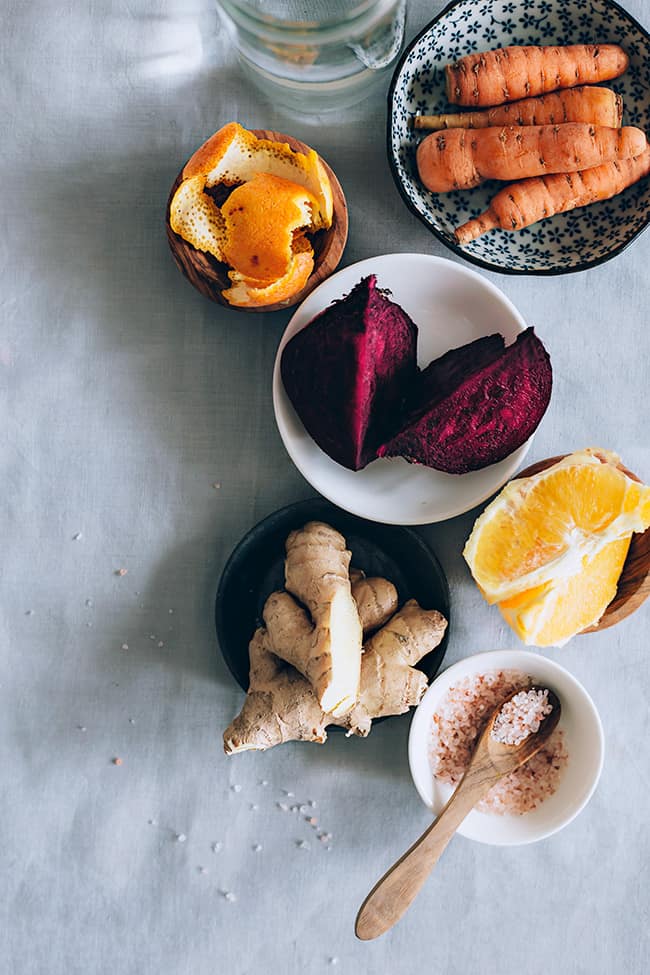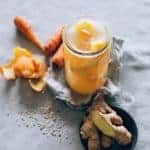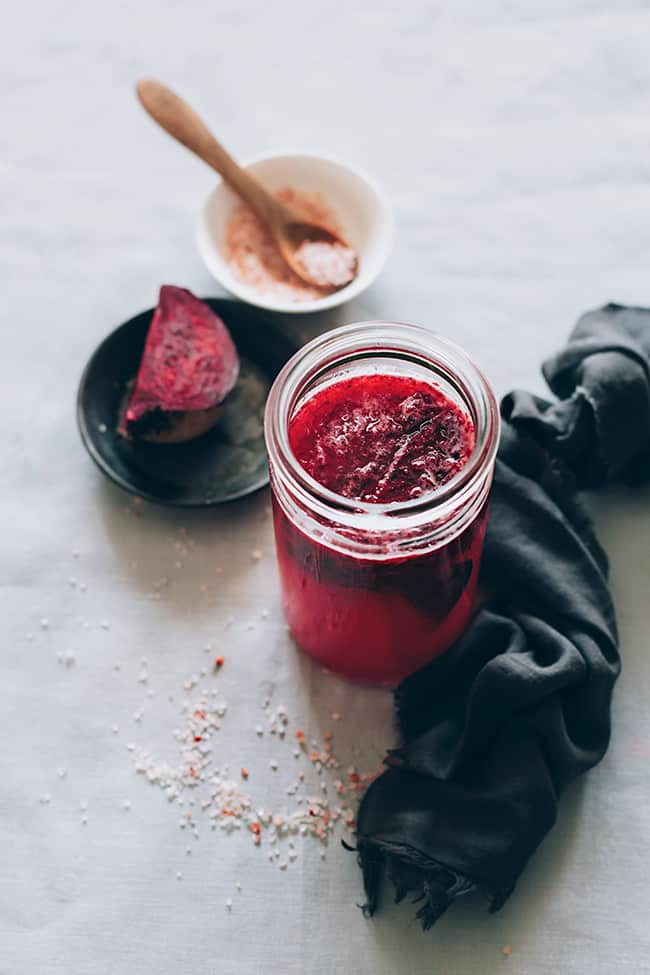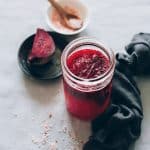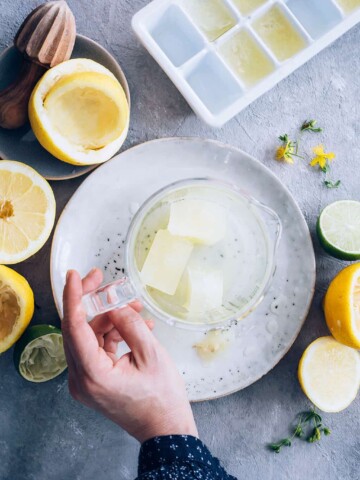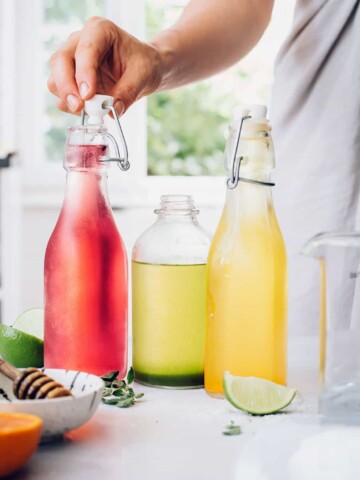Fermentation is the best friend of a strong immune system and a great way to keep your digestive system in good health [source]. Kimchi, sauerkraut, or kefir are probably the fermented foods you're already familiar with. Today I introduce you to a new word, one with a huge personality: kvass.
Coming from an Eastern European country, I grew up with sour soups and fermented foods. In this part of the world, winters are harsh, and people need a very strong immune system to face them. That's why fermentation has a long tradition over here [source].
What is kvass?
Kvass is a very popular drink in Slavic and Baltic countries, where you can buy it at the supermarket or order a homemade version in any traditional restaurant. The name literally means "fermented drink" in Slavic languages.
It is originally made with rye bread as a fermentation starter. Kvass is a non-alcoholic drink with a combination of tangy-yet-sweet taste, a valuable nutrient load, and medicinal qualities, which makes everybody crazy about consuming it.
What are the benefits of kvass?
Magnesium, phosphorus, amino acids, vitamins C and B, including the very rare B12, are all found naturally in this delicious fermented drink. It is traditionally fermented using rye or barley bread, but sometimes people use a starter such as whey or yeast to accelerate the fermentation process.
Consuming a variety of fermented foods helps you get all the health benefits of bacteria and keeps your colonies refreshed and varied [source]. This is why I always like to experiment with any new fermented food I learn about, and kvass is definitely a must-try.
As Hippocrates said, all disease begins in the gut [source], so we should take good care of these colonies. Excess antibiotics, refined sugars, processed food, or too much starch diminishes the good bacteria colonies and can result in weight gain, a poor immune system, poor nutrient absorption, vitamin deficiency, or allergies [source].
Is kvass considered alcoholic?
The alcohol content in kvass is usually between 0.5–1%, so this probiotic drink is considered non-alcoholic. The more it sits in the refrigerator, the more alcohol-containing it becomes, but you can still consume it as a non-alcoholic beverage. However, if you are pregnant, it is recommended to avoid drinking kvass.
What does kvass taste like?
Kvass is a very popular drink in Russia and Ukraine, and this is mostly because of its delicious taste. The flavor depends on which ingredients you choose for fermenting your kvass, but the taste is tangy and slightly sweet, reminiscent of a non-alcoholic beer.
📖 Recipe
Orange Ginger Carrot Kvass
Equipment
- Half-gallon jar with lid
- Mesh strainer
Ingredients
- 6 carrots, sliced into approximately ⅛-inch coins
- 2 tablespoons ginger, roughly chopped
- 6 large strips of organic orange peel, peeled with a vegetable peeler
- 2 teaspoons sea salt (4 teaspoons if omitting whey)
- ¼ cup whey (optional)
- Water as needed
Instructions
- Put carrots, ginger, and orange peel into a half-gallon jar.
- Add salt and whey and fill the remainder of the jar with water, leaving a 1-inch headspace.
- Cover tightly with a lid, and shake well to dissolve the salt in the whey and water.
- Remove canning lid and cover with a clean towel or coffee filter.
- Secure with a rubber band or canning ring.
- Place in a warm spot to ferment for 2 to 4 days, depending on temperature.
- Strain the liquid from the carrots, leaving about 1 cup of liquid in the jar for another round of kvass.
Notes
Nutrition
📖 Recipe
Beet Kvass
Ingredients
- 2–3 beets depending on size
- 2 teaspoons sea salt
- 1 teaspoon active dried yeast or ¼ cup whey
- 2 quarts filtered water
Instructions
PREP THE INGREDIENTS
- Peel and chop beets into ½-inch pieces and place in a half-gallon jar.
- Add salt, whey/yeast, and fill the jar with water, leaving 1 inch of space between the beets and the top of the jar. Cover the jar with a tight lid.
CULTURE THE BEETS
- Store the beets at room temperature (60–70°F is preferred) until the desired flavor and texture are achieved (about 2–5 days).
- If using a tight lid, slightly unscrew the lid daily to release excess pressure (do not remove the lid completely).
- Once the kvass is finished, put a tight lid on the jar and move to the refrigerator.
- The kvass flavor will continue to develop as it ages.
- When the liquid in the kvass is close to empty, refill the jar and culture at room temperature again for a second, weaker batch.
Nutrition
This article was medically reviewed by Dr. Gina Jansheski, a licensed, board-certified physician who has been practicing for more than 20 years. Learn more about Hello Glow's medical reviewers here. As always, this is not personal medical advice and we recommend that you talk with your doctor.
186
